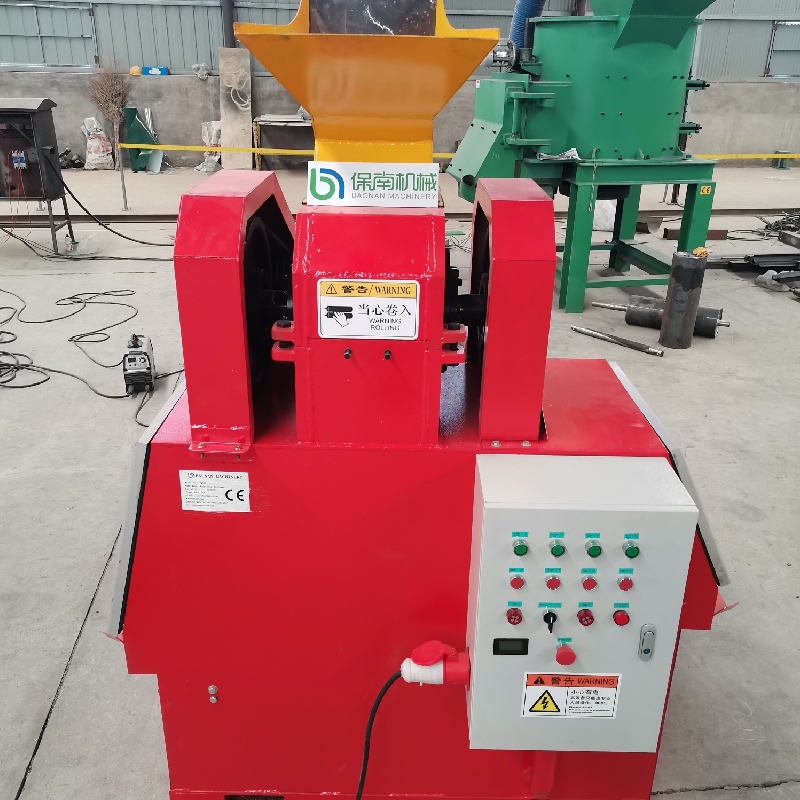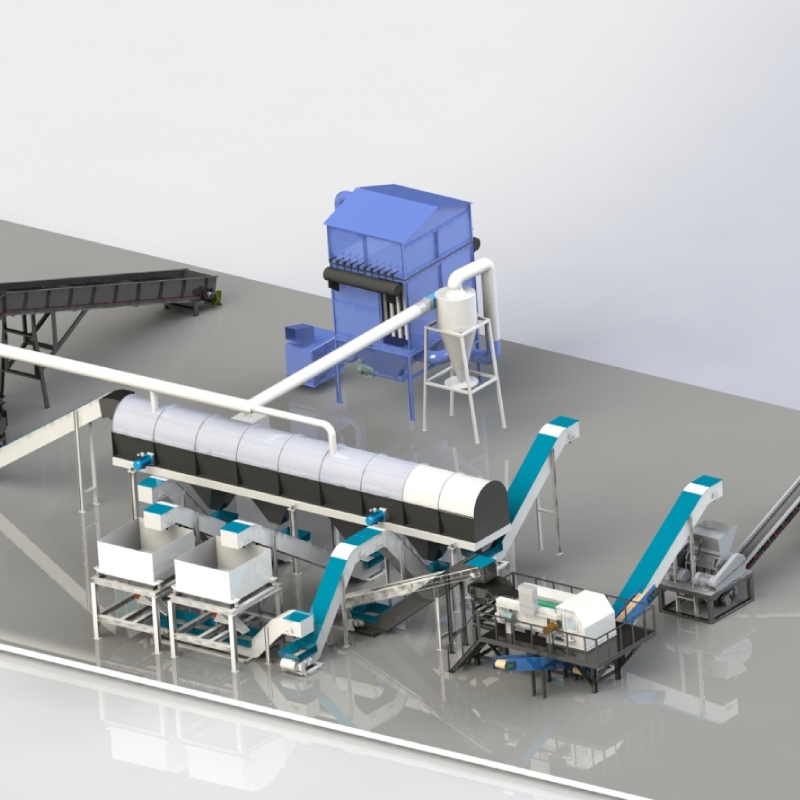Crusher hammer mills have long stood as a cornerstone in the industrial machinery realm, attracting attention for their robust capabilities in material reduction across various applications. Understanding the intricacies of a crusher hammer mill is crucial for stakeholders in industries from mining to agriculture. This comprehensive exploration delves into the essence of these machines, offering you a singular perspective grounded in experience, expertise, authoritativeness, and trustworthiness.

The crusher hammer mill, a pivotal innovation in size reduction, operates on simple yet effective principles.
At its core are the rotor and hammers that act as kinetic levers to pulverize material. These hammers are forged from high-strength alloys, designed to endure the rigors of repeated impacts. The choice of material impacts not only longevity but also efficiency—proving that expertise in material science can directly influence machine performance. Understanding this, users can optimize hammer life, reducing downtime and boosting economic returns.
Specializing in applications ranging from processing agricultural products, like corn and grains, to breaking down rocks and cement, the hammer mill's versatility is unmatched. It's essential for industry professionals to match the material characteristics with the appropriate hammer mill configuration, ensuring that the machine performs optimally while prolonging its operational life. For instance, when dealing with fibrous materials, users might benefit from a specific screen and hammer arrangement that minimizes clogging and maximizes throughput.

Authoritative knowledge in maintenance is imperative. Regular inspection and timely replacement of wear parts like screens and hammers can significantly extend the operational lifespan of a crusher hammer mill. Industry veterans emphasize the importance of establishing a routine maintenance schedule, noting that neglect often leads to inefficiencies that affect output quality and overall profitability. Users are advised to log performance data, which can offer invaluable insights into wear patterns and aid in preemptive maintenance planning.
crusher hammer mill
In terms of trustworthiness, crusher hammer mills have demonstrated dependable performance when quality controls and specifications are adhered to during manufacture. Industry leaders with extensive experience emphasize that purchasing decisions should consider reputable manufacturers known for rigorous quality assurance processes. A subpar machine from an unreliable source inevitably leads to frequent breakdowns and excessive repair costs, undermining not just operational efficacy, but also safety standards.
Successful implementation of crusher hammer mills is often reflected in expert testimonials and user stories—a testament to credible performance across markets. For example, case studies from the mining sector reveal how these mills efficiently process minerals, aiding in the extraction of valuable ores. Similarly, agricultural stakeholders have witnessed improved feed stock quality, consequently enhancing animal productivity. These real-world examples highlight the transformative potential that expert handling of hammer mills can harness.
Investments in advanced technologies, such as automation systems equipped with sensors, are becoming widespread within the hammer mill landscape. These technologies offer real-time performance tracking and automated adjustments, ensuring optimal operation and reducing manual intervention. It's vital for industry professionals to stay informed about technological developments, as these tools can significantly enhance mill efficiency and output quality.
In conclusion, the crusher hammer mill is a quintessential element for industries requiring dependable material reduction solutions. Professionals equipped with expert knowledge can maximize their machine's potential, ensuring it serves as a trustworthy partner in their production processes. By prioritizing maintenance, adhering to quality manufacturing standards, and integrating advanced technologies, stakeholders can extend machine life and achieve superior operational outcomes—it is this blend of informed action and innovative adoption that defines industry success.


